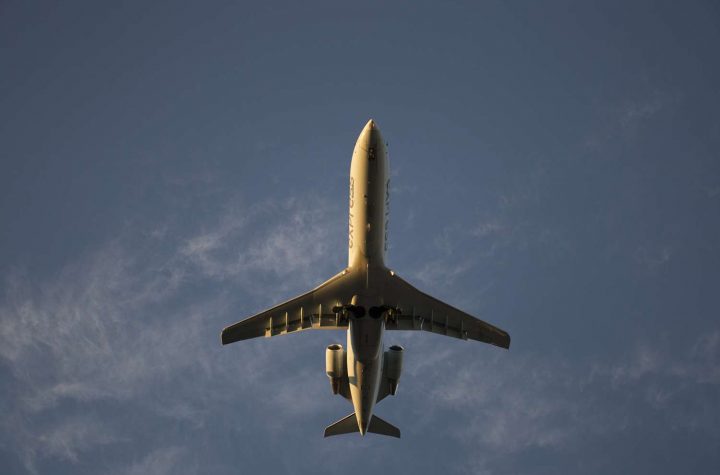- This topic is empty.
-
AuthorPosts
-
2023-10-18 at 3:03 pm #679
In today’s fast-paced world, navigation has become an integral part of our daily lives. Whether we are exploring new cities, driving to unfamiliar destinations, or even tracking our fitness activities, satellite navigation systems play a crucial role in guiding us. But have you ever wondered which satellite system is used for navigation purposes? In this comprehensive forum post, we will delve into the world of satellite navigation systems, exploring their types, applications, and the cutting-edge technology behind them.
1. Global Positioning System (GPS):
The Global Positioning System, commonly known as GPS, is the most widely used satellite navigation system globally. Developed and maintained by the United States Department of Defense, GPS consists of a network of satellites orbiting the Earth. These satellites continuously transmit signals containing precise timing and positioning information.GPS has revolutionized navigation in various sectors, including aviation, maritime, and land-based applications. It enables accurate positioning, velocity determination, and time synchronization for users worldwide. From guiding commercial aircraft during takeoff and landing to helping hikers navigate through remote terrains, GPS has become an indispensable tool for navigation.
2. GLONASS:
The Global Navigation Satellite System (GLONASS) is Russia’s counterpart to GPS. Similar to GPS, GLONASS operates through a constellation of satellites that provide global coverage. GLONASS offers comparable accuracy and reliability to GPS, making it a valuable alternative in regions where GPS signals may be obstructed or unavailable.3. Galileo:
Galileo is Europe’s own satellite navigation system, developed by the European Union and the European Space Agency. With a focus on civilian applications, Galileo aims to provide highly accurate positioning and timing services. It offers improved performance in challenging environments, such as urban canyons and dense forests, where traditional navigation systems may struggle.4. BeiDou:
China’s BeiDou Navigation Satellite System (BDS) is rapidly gaining prominence as a global navigation system. Initially developed for regional coverage, BeiDou has expanded its constellation to provide global services. BeiDou offers enhanced accuracy and reliability, making it a valuable asset for various applications, including transportation, surveying, and precision agriculture.5. IRNSS:
The Indian Regional Navigation Satellite System (IRNSS), also known as NavIC (Navigation with Indian Constellation), is India’s indigenous satellite navigation system. Designed to provide positioning services over the Indian subcontinent, IRNSS offers accurate and reliable navigation for both civilian and military users. It has applications in transportation, disaster management, and fleet tracking.Conclusion:
In conclusion, satellite navigation systems have revolutionized the way we navigate and explore the world around us. From the ubiquitous GPS to the emerging systems like Galileo, BeiDou, and IRNSS, each satellite system offers unique features and advantages. Whether you are a pilot, a sailor, a hiker, or simply someone looking for directions, these satellite navigation systems provide accurate and reliable positioning information, ensuring we reach our destinations with precision. So, the next time you embark on a journey, remember the satellites guiding your way through the vast expanse of the skies.Note: To ensure the content remains up-to-date, it is essential to regularly consult reliable sources and stay informed about the latest advancements in satellite navigation systems.
-
AuthorPosts
- You must be logged in to reply to this topic.


